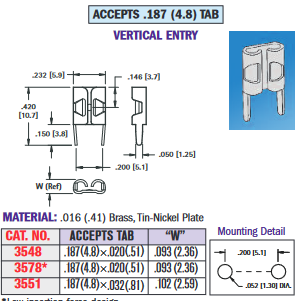I'm trying to design a PCB that is pluggable into another PCB, each one being inside separate plastic enclosures. I'm having a hard time finding a component that I can solder on a PCB and that can make the connection to the other PCB. The plugs should be able to handle mains voltage and around 10 A of current, that's why they need to be inside the enclosure, in order to be safe to operate.
I can only find components that are made to plug two PCBs together but can only be used with both PCBs inside the same enclosure due to having very small pins.
A possibility would be power outlet female connectors and plugs, but that are solderable to a PCB, like the ones they use in Smart plugs, as can be seen on some Youtube Smart Plug Teardown videos such as this one.
It doesn't necessarily need to be pluggable into a power outlet, all I need are two connectors, one female and another male that are pluggable into each other that I can have soldered into a PCB. I tried searching for pluggable terminals but didn't have much luck.
So I would like if someone could give me a search keyword or a product link so that I can find these components, ideally in the JLCPCB's Parts Library, which is the PCB manufacturer I'm going to be using.





